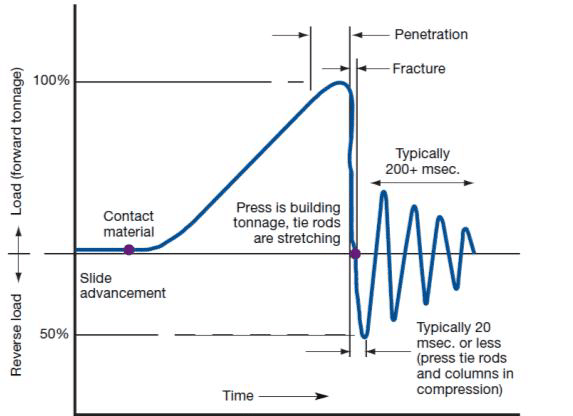Hi all,
I'm working on a design of a reciprocating mechanism (Slider-Crank) and trying to figure how to balance it.
So far all i have found are scientific papers but they don't help me much as i don't care about the theory but rather looking for the final parametric formula(s), into which I can plug in my variables and get an answer.
I might be over optimistic about finding the "easy way" (a complete formula(s)), but I do remember something from the Theory of Mechanisms course that there is a rather straight forward calculation for finding out the balancing force (I might be wrong but I cant find my notebook to confirm it).
Thanks,
SD
I'm working on a design of a reciprocating mechanism (Slider-Crank) and trying to figure how to balance it.
So far all i have found are scientific papers but they don't help me much as i don't care about the theory but rather looking for the final parametric formula(s), into which I can plug in my variables and get an answer.
I might be over optimistic about finding the "easy way" (a complete formula(s)), but I do remember something from the Theory of Mechanisms course that there is a rather straight forward calculation for finding out the balancing force (I might be wrong but I cant find my notebook to confirm it).
Thanks,
SD

![[smile] [smile] [smile]](/data/assets/smilies/smile.gif) ) but all i can fined is "useless" info, with either dry info on what it's all about or a "heavy" research paper with some hardcore theoretical math.
) but all i can fined is "useless" info, with either dry info on what it's all about or a "heavy" research paper with some hardcore theoretical math.